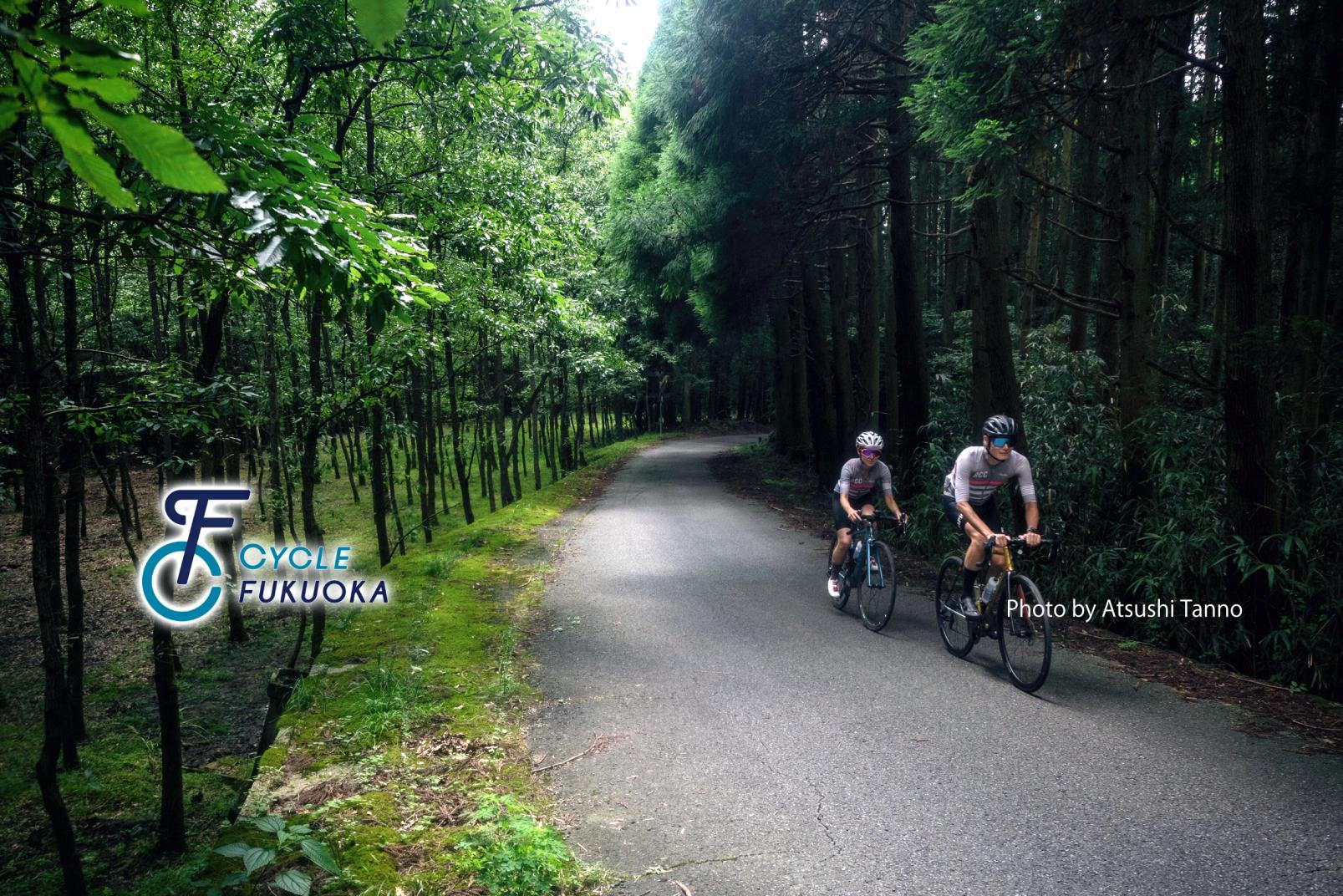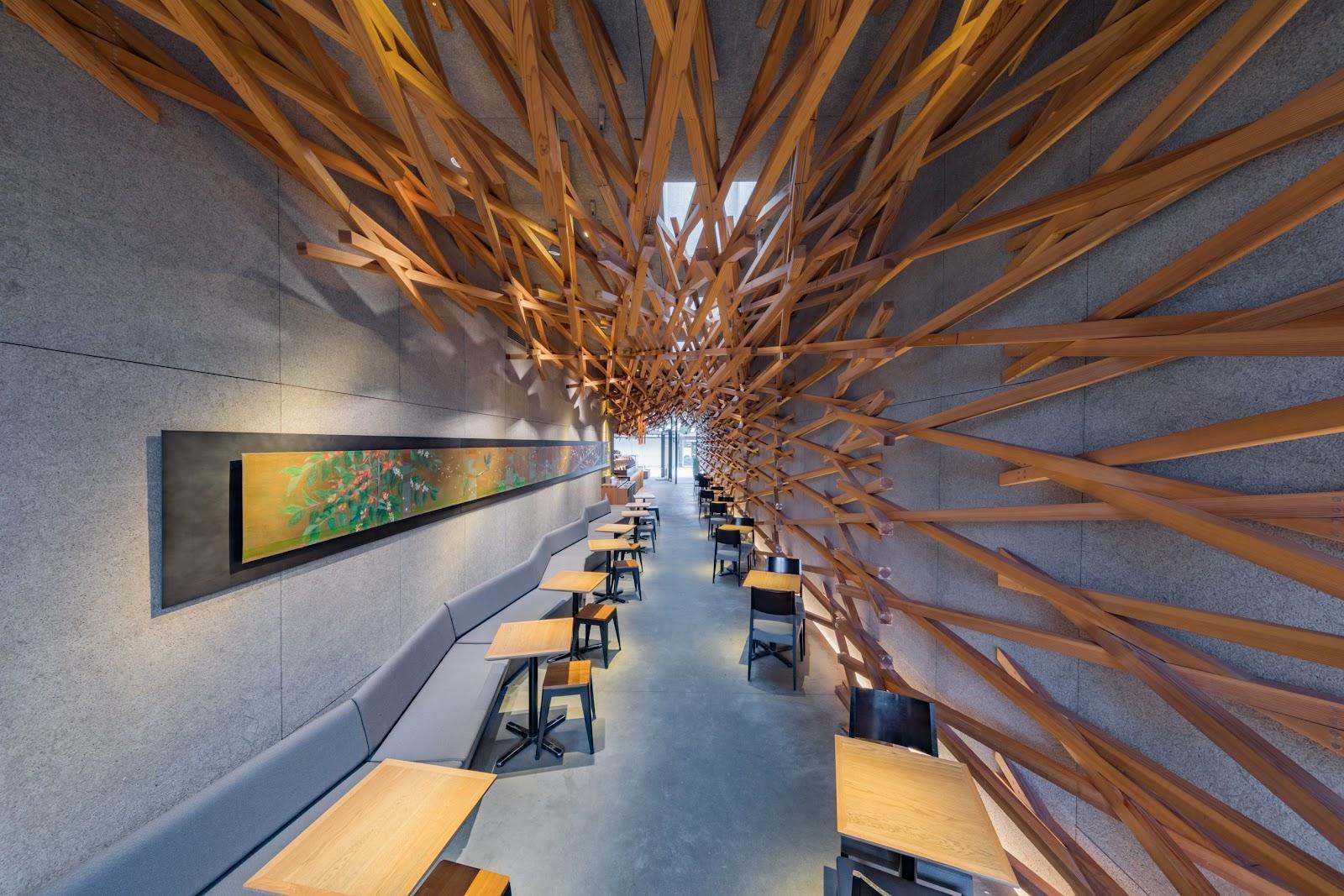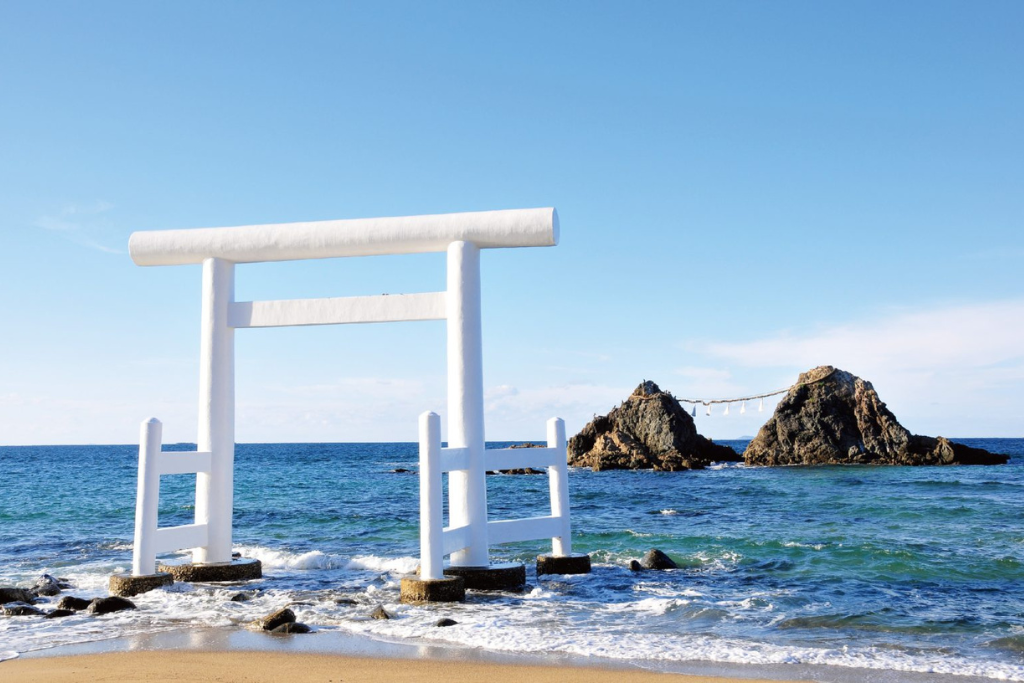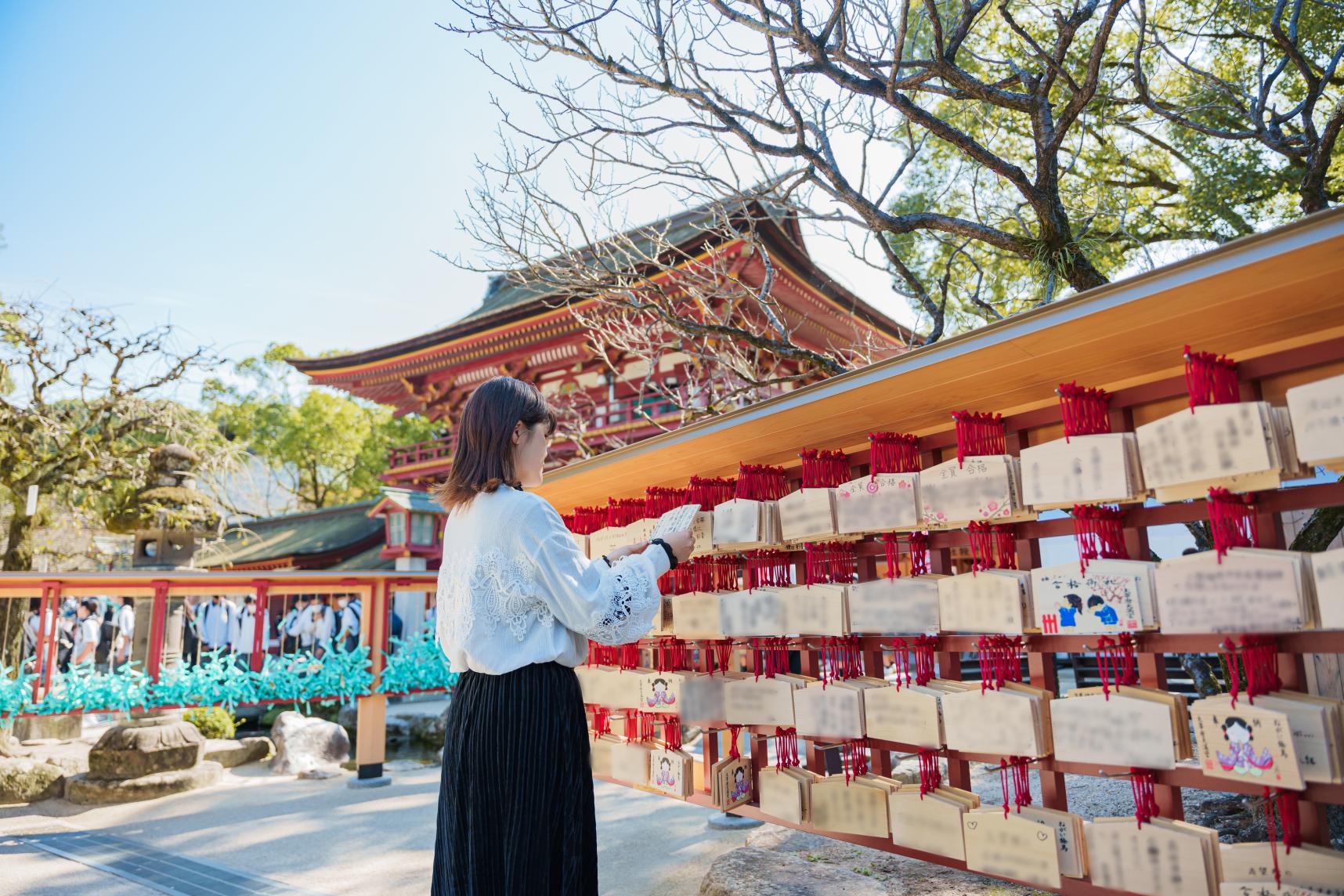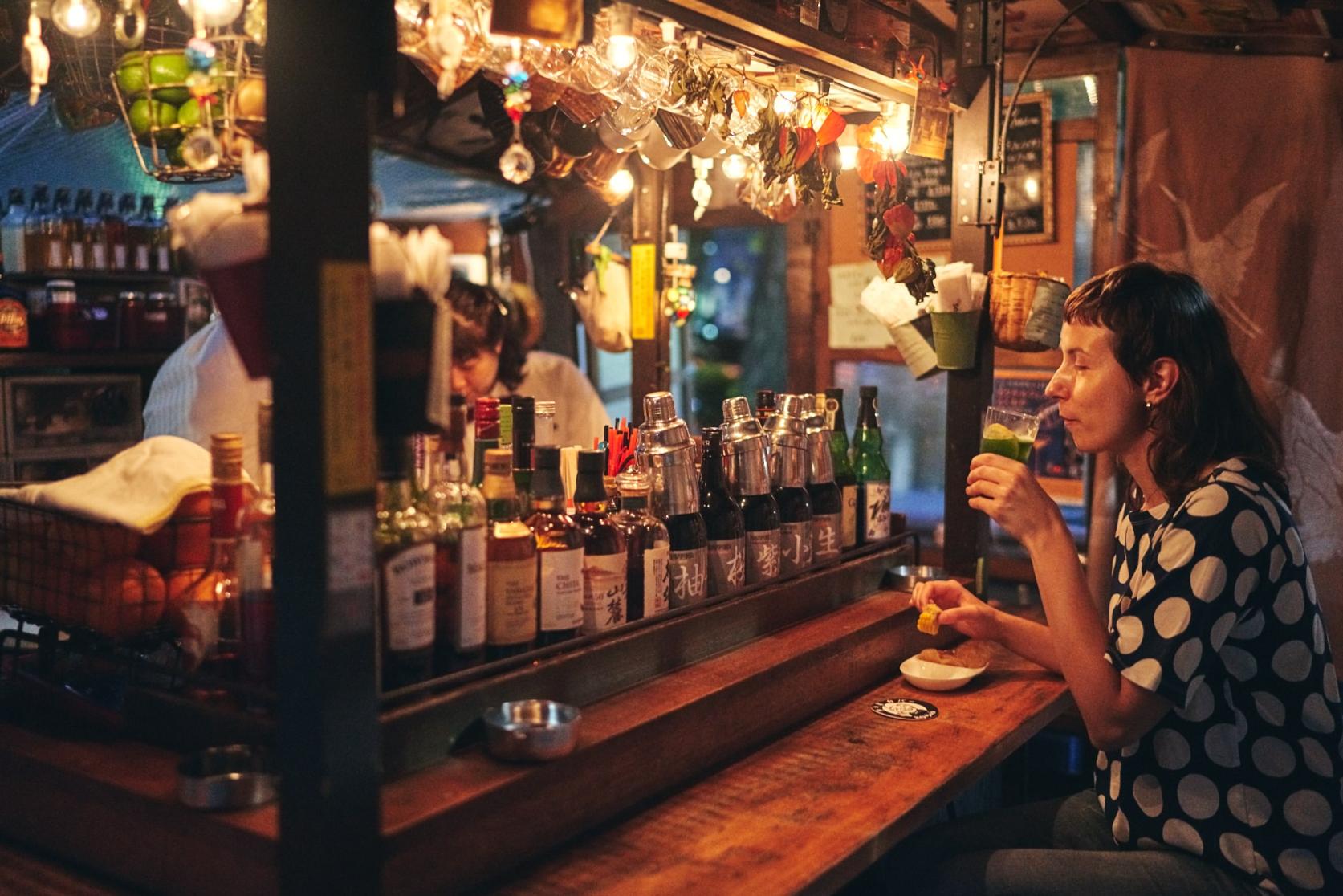![[2024 Edition] Filled with blessings! The ultimate Fukuoka power spots to bring you happiness.-1](https://www.crossroadfukuoka.jp/storage/special_features/320/responsive_images/6SsCvBDXBhlZoAGUgarTOpZpEaEwsIqsWzSxW8cw__1289_856.png)
[2024 Edition] Filled with blessings! The ultimate Fukuoka power spots to bring you happiness.
There are nearly 3,300 shrines located in Fukuoka Prefecture, the third highest number in Japan.
In this issue, we introduce those shrines among them that serve as the ultimate power spots, balancing cute with healing powers and filling you with energy.
For our list, we have selected shrines that offer a little extra in addition to worship, such as photogenic scenery and unique aspects that you’ll have to share, which will make you want to come back over and over again.
[Munakata Taisha Shrine] World Heritage x Japan’s Oldest! Experience the overwhelming power and history!
One of the oldest shrines in Japan that appears in Japanese mythology, Munakata Taisha was registered as a World Heritage in 2017 in recognition of its historical value. The three daughters of Amaterasu, three goddesses, are enshrined at Okitsu-gu on Okinoshima Island, Nakatsu-gu on Oshima Island, and Hetsu-gu on the mainland respectively, and these three shrines are collectively known together as Munakata Taisha.
The head shrine of the three, Hetsu-gu, enshrines the goddess Ichikishima-hime-no-kami, and the Honden main shrine and Haiden main worship hall are Nationally Designated Cultural Properties. The overwhelming and magnificent architecture and craftsmanship dating from the Tensho period empower you simply by looking at them. The prayer hall, renovated in 2021, features a Himorogi alter in the courtyard, making it extremely unique in Japan. The sophisticated design in harmony with the times will surely be loved for many decades to come, and is worth a look.
[Ukiha Inari Shrine] A beautiful contrast of red and green, created with an array of 91 Torii gates
Ukiha Inari Shrine is located within Jogahana Park in Ukiha City. The stairway of 300 steps that leads to the main shrine, situated at an altitude of 120 meters, is lined by 91 Torii gates. When you follow the stairs up the mountain and then look back on the path you have taken, you will see a vast and amazing view. The contrast between the red of the Torii gates and the lush greenery is quite beautiful! When the weather is nice, you can see the Harazuru Hot Spring resort and Amagi in the distance. The area is filled with worshippers and visitors in the springtime as a famous spot for cherry blossom viewing.
[Miyajidake Shrine] Encounter a symbol that brings good fortune
Situated in Fukutsu City, Miyajidake Shrine is known throughout Japan for the Path of Light (Hikari no Michi), where the approach from the shrine, leading to the sea, shines and sparkles when the sun sets over Ainoshima Island off the coast. It is a view that you can only encounter twice per year, in February and October. The one week period at each time of year, when the conditions align miraculously, including timing and weather, is called the Path of Light (Hikari no Michi) Week, during which the Path of Light Sunset Festival is held.
So we hope you visit Miyajidake Shrine, where you can encounter the moving and spectacular view, and a symbol that brings good fortune.
[Mekari Shrine] A view of the sea and the Kanmon Straits right before your eyes
Mekari Shrine, located in the Moji district at the northernmost point of Kyushu, has long been worshipped as enshrining the god of maritime transportation. Seoritsuhime, the goddess who governs the ebb and flow of the tides, is enshrined here. The shrine is located at a spot that gives a panoramic view of the Kanmon Straits, known for the dizzying transformations of the tides that flow through them. Throughout its history of 1,800 years, the shrine has watched over those who wish to take a new step forward at an important turning point in their lives.
The term "Mekari" means “harvesting wakame seaweed.” On New Year’s Day of the lunar calendar (early February), when the tide is at its lowest for the year, three Shinto priests enter the sea carrying a torch, a pail, and a sickle, harvest the exposed Wakame seaweed, offer it to the gods, and pray for peace for the year, safe voyages at sea, and a bountiful catch in a religious ritual called Mekari Shinji.
[Koura Taisha Shrine] Offering a nighttime panoramic view from the observation deck
Koura Taisha is well loved as the God of the Mountain. It is one of the largest shrine structures in Kyushu, and is well known for its magnificent main shrine that is designated as a National Important Cultural Property. But did you know there is a precious view that can only be seen here?
Here, you can enjoy a panoramic nighttime view from the observation deck behind the shrine office.
Also, the lanterns on either side of the 131 steps of the stone staircase are lit up between August 1st and 31st. The sight of the lantern flames floating in the pitch black darkness is a summer tradition in Kurume. The nighttime view seen from the observation deck at Koura Taisha is magnificent.
[Mitsui Temple] A photogenic temple decorated by wind bells in summer and autumn leaves in the fall
Mitsui Temple is known as Furinji, or “wind bell temple,” by the locals. Visitors here between late April and September can view a tunnel of colorful wind chimes in the garden next to the main temple building. Covering a width of 2.5 meters and a length of about 50 meters, the approximately 10,000 wind chimes sway gently in the cool breeze and are also lit up at night. The Shabondama Time, a mini event held twice every hour, is a collaboration between the dancing of the countless shabondama, or soap bubbles, with the colorful paper strips swaying in the breeze and the wind bells sparkling in the sunlight. This fantastical experience is a summer tradition here. Visitors can also purchase their own wind chimes, and write their hopes and wishes on paper strips to be hung at the temple.
The temple is also known for the beauty of the autumn leaves in the fall, during which the maple and ginkgo trees planted and raised painstakingly by the priests fill the grounds of the temple with their red and yellow colors. The best time to see it is from mid to late November, but the exact timing may change depending on the climate, so please check the latest information before visiting.
There are many other unique items at the temple in addition to the wind bells, such as heart-shaped Ema plaques for making a wish to realize romantic fulfillment, and Jizo statues standing in victory poses.
[Koinoki Shrine] A plethora of hearts that will make you feel romantic
Koinoki Shrine, the very name of which evokes feelings of yearning to the Japanese ear, was established as a sub-shrine to the Mizuta Tenmangu Shrine during the mid-Kamakura period (mid-13th century), and is one of the only shrines in Japan to enshrine the god Koinomikoto, or the deity of love. A variety of sacred ceremonies are held here throughout the year, such as the Ryoen-Jojusai festival, the Ema Honosai festival, and the Koimusubi festival.
The Koi-Sando, the approach leading to the shrine, is filled with heart shaped ceramic signs. Heart designs are also featured everywhere else at the shrine, including the temple crest, the amulets, Omikuji fortunes, and the Ema wooden plaques. They also offer a cute, original Goshuin (shrine seal) booklet filled with hearts.
Your heart will surely be warmed when you see the countless hearts that fill the shrine grounds. This is a power spot that must be visited by everyone seeking to meet someone special.
[Momiji Hachimangu] Cute round maple shaped Ema plaques and Omikuji fortunes
Momiji Hachimangu, affectionately known as Momiji-san, is located in Takatori, Sawara Ward, Fukuoka City. Situated at the top of a small hill covered in maple trees, or Momiji in Japanese, it is worshipped for representing the god of safe childbirth, the protection of children, and the dispelling of evil. The shrine is also well known as the first to adopt a Goshuin (shrine stamp book) app that uses augmented reality (AR). In the fall, the leaves of the trees in the grounds, including a maple over 200 years old, turn vibrant red and yellow, making the shrine a well known destination for autumn leaves. The Momiji-sai festival is held at the end of November every year.
In addition to the amazing scenery, you also need to buy a few heartwarming gifts to take home with you, such as the cute round maple shaped Ema plaques and Omikuji fortunes.
[Arahito Shrine] To see it will bring a smile to your face
The Arahito Shrine features a variety of cute motifs that will bring a smile to your face the moment you see them.
The colorful decorations within the grounds are quite photogenic, such as the windmills in spring, the wind chimes in summer, and the Koi Bonbori lanterns in the fall. The shrine is lit up at night, so you can enjoy a completely different look between day and night. You’ll surely want to snap a photo of the Hana Chouzu (a water basin for purification used by worshippers, filled with flowers), and there are numerous appealing items available as well, such as the abundant array of Omikuji fortunes and amulets featuring colorful designs, zodiac figurines, and an original Goshuin shrine stamp book. This shrine will make you happy with its cute scenery and amulets.
[Dazaifu Tenmangu Shrine] We recommend a Sando Sanpo and the Umegae Mochi workshop!
At Dazaifu Tenmangu Shrine, a Fukuoka power spot that you just can’t miss, we recommend the Sando Sanpo, or walking along the shrine approach. The roughly 400 meters of the approach to the shrine is lined with a fun variety of food and shopping opportunities!
You can also try a workshop to make Umegae Mochi rice cakes, a soul food of Fukuoka. Make sure to check it out before or after paying your respects at the shrine.
- Dazaifu Tenmangu Shrine
- Enjoy food, shopping, and workshops along with paying respects on the Dazaifu Sando!
[Yametsuhime Shrine] Heartwarming Yame tea and sweets!
Yametsuhime Shrine, located in the tea producing region of Yame, is a power spot symbolized by the stone cave that overwhelms the viewer. Because Yametsuhime, the goddess enshrined here, is said to have obtained beauty by being blessed by the water dripping down from the cave, today the water is believed to bring blessings of beauty and white skin.


![[Munakata Taisha Shrine] World Heritage x Japan’s Oldest! Experience the overwhelming power and history!-0](https://www.crossroadfukuoka.jp/storage/special_feature_paragraphs/3867/responsive_images/agiDhU7R9ZJIItXR339Q8Qc9IGQoRICZuipVWyI8__1349_900.jpg)
![[Munakata Taisha Shrine] World Heritage x Japan’s Oldest! Experience the overwhelming power and history!-1](https://www.crossroadfukuoka.jp/storage/special_feature_paragraphs/3867/responsive_images/a60sjC9DzjJJJoo9rE8Yc7rCKzbpYPHEtMQqA9Ut__1673_1113.jpg)
![[Munakata Taisha Shrine] World Heritage x Japan’s Oldest! Experience the overwhelming power and history!-2](https://www.crossroadfukuoka.jp/storage/special_feature_paragraphs/3867/responsive_images/psvbENBRBdBzqlqZMr6junESuNXahzcE6ujn4uSJ__1673_1115.jpg)
![[Munakata Taisha Shrine] World Heritage x Japan’s Oldest! Experience the overwhelming power and history!-3](https://www.crossroadfukuoka.jp/storage/special_feature_paragraphs/3867/responsive_images/f6ZZ6fBbD9IJw1mDkMIe2eusgWAtNXxfQ5wEyv1S__1700_1085.jpg)
![[Ukiha Inari Shrine] A beautiful contrast of red and green, created with an array of 91 Torii gates-0](https://www.crossroadfukuoka.jp/storage/special_feature_paragraphs/3869/responsive_images/738RTzd0vFf9clqgBdzJTNJWPW5isGHQc5io5CIM__1660_1107.jpg)
![[Ukiha Inari Shrine] A beautiful contrast of red and green, created with an array of 91 Torii gates-1](https://www.crossroadfukuoka.jp/storage/special_feature_paragraphs/3869/responsive_images/IwYid9ta0C3HaIK7BFSaO9nekhCQVbGl6IYF5YzD__1606_1070.jpg)
![[Miyajidake Shrine] Encounter a symbol that brings good fortune-0](https://www.crossroadfukuoka.jp/storage/special_feature_paragraphs/3870/responsive_images/VScUwp27sJ4Tu573fYn6WbRn5cqopLGhvrWzCjMB__1673_1115.jpg)
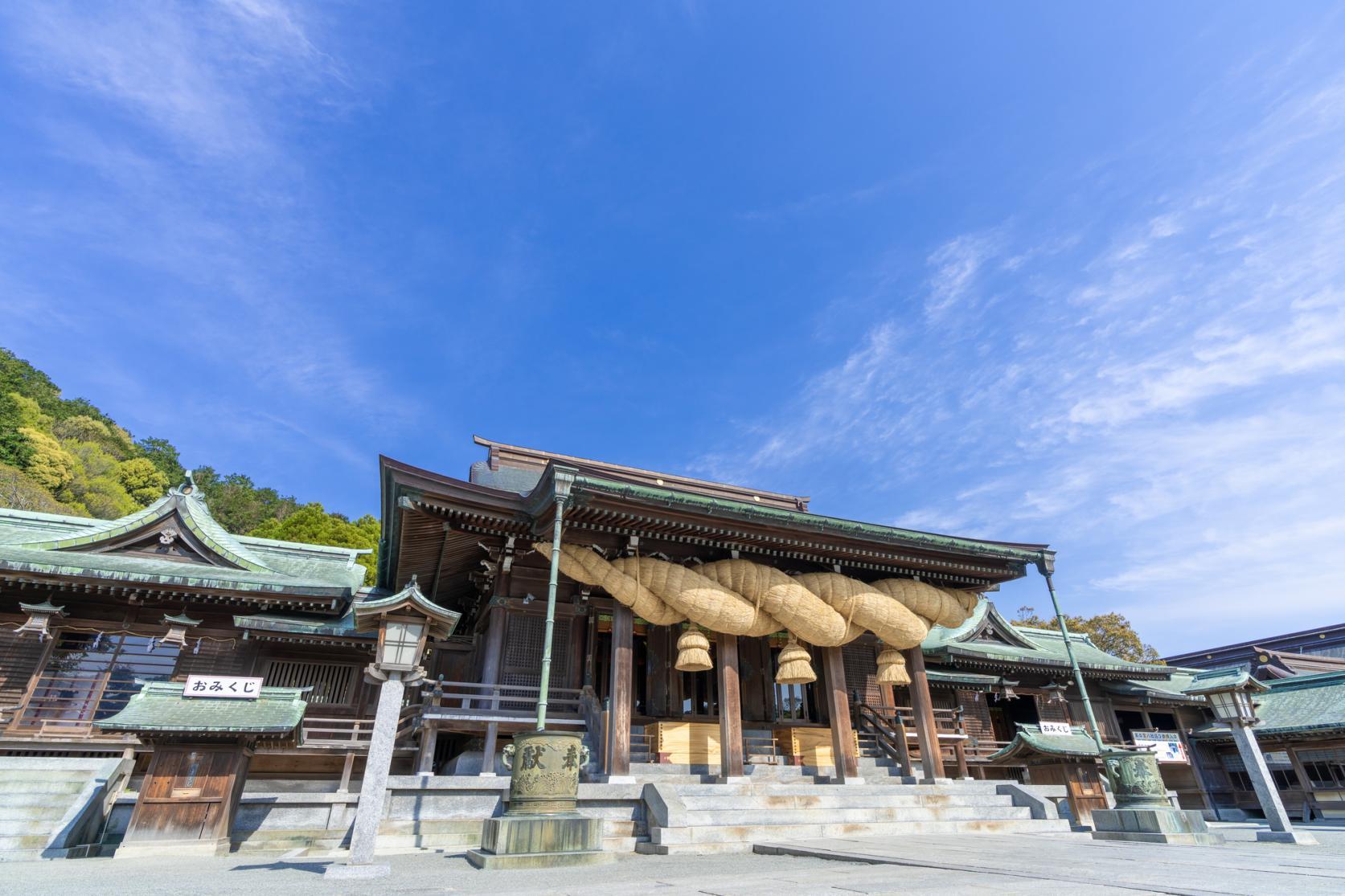
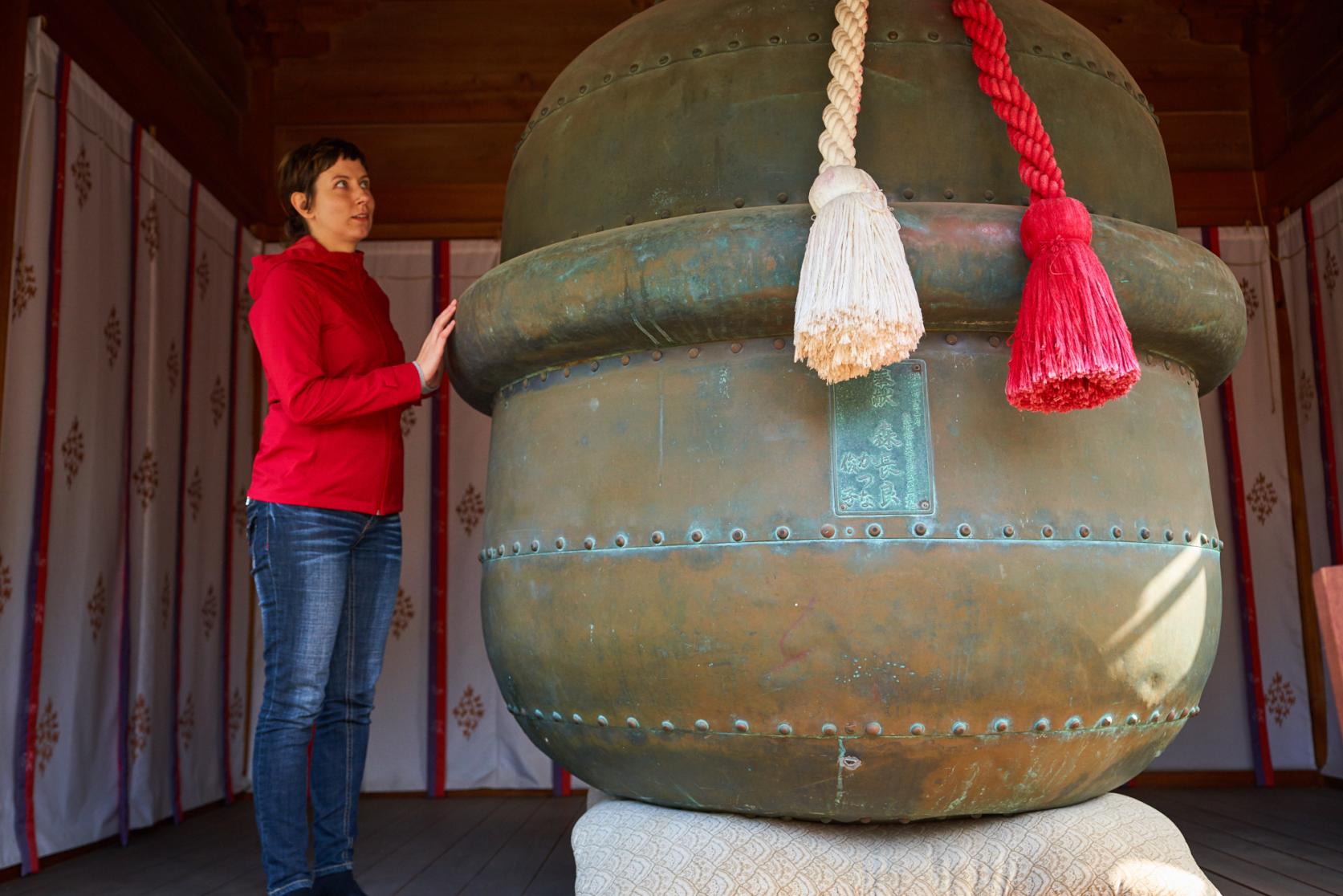
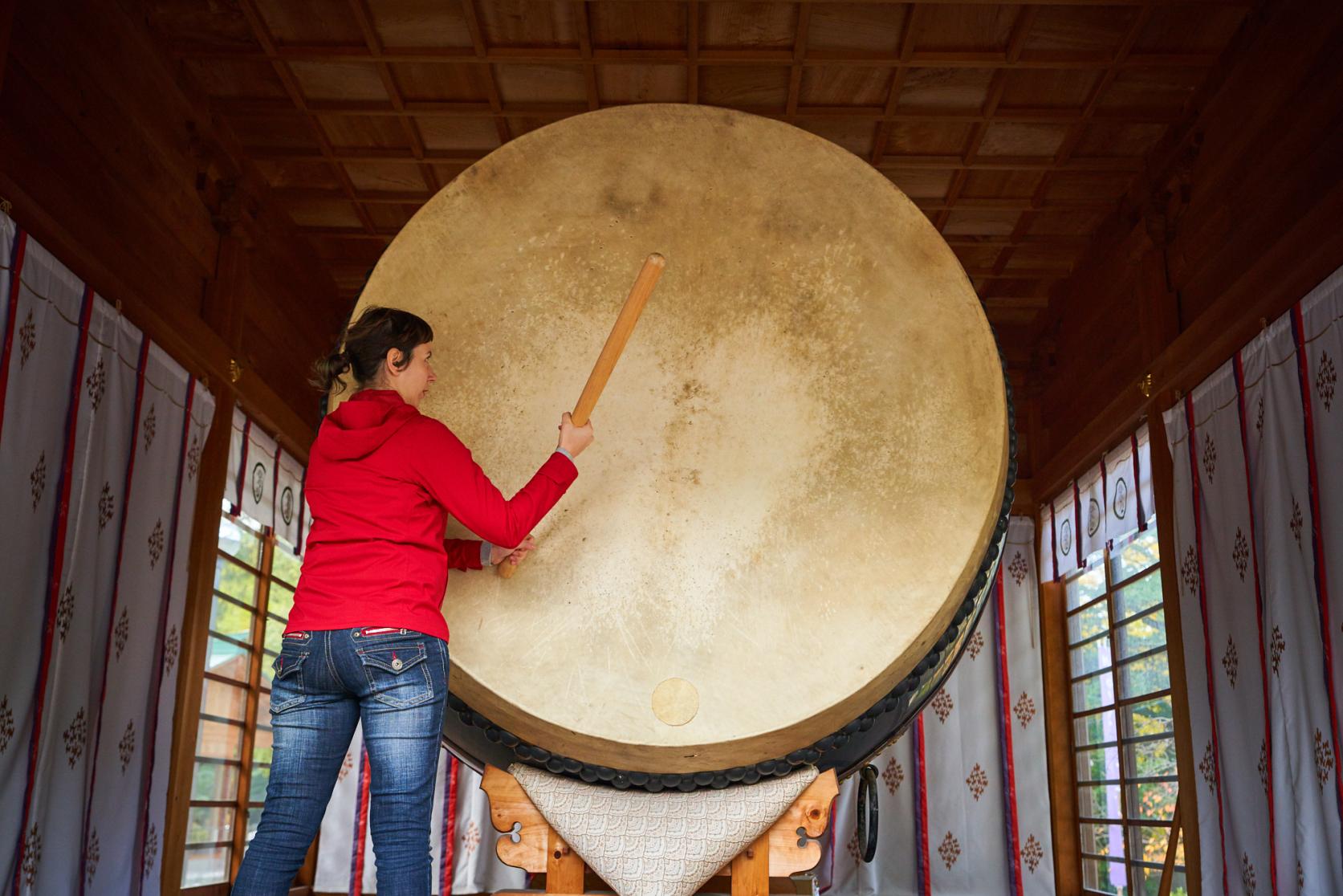
![[Mekari Shrine] A view of the sea and the Kanmon Straits right before your eyes-0](https://www.crossroadfukuoka.jp/storage/special_feature_paragraphs/3880/responsive_images/flYU6SCA2ev6XeClyU94KLsVYLagHtXDdLdRBwj6__1756_1170.jpg)
![[Mekari Shrine] A view of the sea and the Kanmon Straits right before your eyes-1](https://www.crossroadfukuoka.jp/storage/special_feature_paragraphs/3880/responsive_images/ZQpKxu4jpI1Mp5J99eu33MSmPG43dUWp3I1eGSEj__1756_1171.jpg)
![[Mekari Shrine] A view of the sea and the Kanmon Straits right before your eyes-2](https://www.crossroadfukuoka.jp/storage/special_feature_paragraphs/3880/responsive_images/oe3VXl9SVBqOJ2Yb4kgfPeSfl1VCAKFY6tVXVamg__585_390.jpg)
![[Koura Taisha Shrine] Offering a nighttime panoramic view from the observation deck-0](https://www.crossroadfukuoka.jp/storage/special_feature_paragraphs/3882/responsive_images/54s1Atu69JPvHdBz3bzfTWowND2LbzDxdHJOBYmX__1581_1054.jpg)
![[Koura Taisha Shrine] Offering a nighttime panoramic view from the observation deck-1](https://www.crossroadfukuoka.jp/storage/special_feature_paragraphs/3882/responsive_images/twnHnxQKAMvRvcOonsG9FKSxeRqm7YxbJNS0HJZd__1500_1000.jpg)
![[Koura Taisha Shrine] Offering a nighttime panoramic view from the observation deck-2](https://www.crossroadfukuoka.jp/storage/special_feature_paragraphs/3882/responsive_images/hi3fUWH4gM4DWePoVCxxjb3YjtkRpXMOCD6Bkbcj__1607_1071.jpg)
![[Mitsui Temple] A photogenic temple decorated by wind bells in summer and autumn leaves in the fall-0](https://www.crossroadfukuoka.jp/storage/special_feature_paragraphs/3884/responsive_images/goOn7ijXQJDsBe88i0SVrSZ1lFpOfKo4HtN7PWM5__968_726.png)
![[Mitsui Temple] A photogenic temple decorated by wind bells in summer and autumn leaves in the fall-1](https://www.crossroadfukuoka.jp/storage/special_feature_paragraphs/3884/responsive_images/YYmhOMOpGkAxXGp1vinYMISDOJfawVfmTbp5k0tu__1652_1239.jpg)
![[Mitsui Temple] A photogenic temple decorated by wind bells in summer and autumn leaves in the fall-2](https://www.crossroadfukuoka.jp/storage/special_feature_paragraphs/3884/responsive_images/FiAGZQRi2UwmIsLHQCW5RE5qGkIukTGk3dItC7oQ__1200_900.png)
![[Mitsui Temple] A photogenic temple decorated by wind bells in summer and autumn leaves in the fall-3](https://www.crossroadfukuoka.jp/storage/special_feature_paragraphs/3884/responsive_images/gtu92OCo7osE6fvD1A2vHfWTQC7hKK69yKOzWNn0__1652_1239.jpg)
![[Mitsui Temple] A photogenic temple decorated by wind bells in summer and autumn leaves in the fall-4](https://www.crossroadfukuoka.jp/storage/special_feature_paragraphs/3884/responsive_images/iXd5Nrknj7ULpBN0Bdwv8TjFPdBNIXXaxkSPyHro__1200_900.png)
![[Mitsui Temple] A photogenic temple decorated by wind bells in summer and autumn leaves in the fall-5](https://www.crossroadfukuoka.jp/storage/special_feature_paragraphs/3884/responsive_images/aCKAQej3bJN67D0s97XJZcPgCcLJRympALdBPhTz__1652_1239.jpg)
![[Koinoki Shrine] A plethora of hearts that will make you feel romantic-0](https://www.crossroadfukuoka.jp/storage/special_feature_paragraphs/3886/responsive_images/RSHQDMz2hidROBZxzOoMKWGzHDT5PVdvP9uglEzi__1673_1115.jpg)
![[Koinoki Shrine] A plethora of hearts that will make you feel romantic-1](https://www.crossroadfukuoka.jp/storage/special_feature_paragraphs/3886/responsive_images/qm7jcUFBtkcjuRo7C5K9zaXkUyhg2haawwlVQXM1__1673_1115.jpg)
![[Koinoki Shrine] A plethora of hearts that will make you feel romantic-2](https://www.crossroadfukuoka.jp/storage/special_feature_paragraphs/3886/responsive_images/ynIjP5TjinVyfoctczoEWBnCRzbI6mQGUU5TYhh9__1673_1115.jpg)
![[Koinoki Shrine] A plethora of hearts that will make you feel romantic-3](https://www.crossroadfukuoka.jp/storage/special_feature_paragraphs/3886/responsive_images/DSHHX6MRcDxRqe3EW5MxBGezVlLhr6a9jbyFeC9O__1652_1239.jpg)
![[Koinoki Shrine] A plethora of hearts that will make you feel romantic-4](https://www.crossroadfukuoka.jp/storage/special_feature_paragraphs/3886/responsive_images/Y6gxzbXt5QBCuWy2BgJwJ5p14CEggtXL25xSo8D8__1652_1239.jpg)
![[Koinoki Shrine] A plethora of hearts that will make you feel romantic-5](https://www.crossroadfukuoka.jp/storage/special_feature_paragraphs/3886/responsive_images/hsmJzIUUaVab1MeVV44eg5QsvYLTA0iTmyeyEKBx__1652_1239.jpg)
![[Koinoki Shrine] A plethora of hearts that will make you feel romantic-6](https://www.crossroadfukuoka.jp/storage/special_feature_paragraphs/3886/responsive_images/NkynlJud5zgEDL81dwpb6SlRgPUuWxkuNqnVE3mG__1049_700.jpg)
![[Momiji Hachimangu] Cute round maple shaped Ema plaques and Omikuji fortunes-0](https://www.crossroadfukuoka.jp/storage/special_feature_paragraphs/3887/responsive_images/uOhoUgQp88on0QpXiXo7qyN6x5QHcItLMvsRuSYw__1200_900.png)
![[Momiji Hachimangu] Cute round maple shaped Ema plaques and Omikuji fortunes-1](https://www.crossroadfukuoka.jp/storage/special_feature_paragraphs/3887/responsive_images/YbX2x2SCaVEsz3GiSR4I81i03vGs3YosTyK6zg0B__1200_900.jpg)
![[Momiji Hachimangu] Cute round maple shaped Ema plaques and Omikuji fortunes-2](https://www.crossroadfukuoka.jp/storage/special_feature_paragraphs/3887/responsive_images/Y8n2fABr5suOsOk1cCLJ7YXUZOv7ww58cH1F1Ilu__1440_961.jpg)
![[Momiji Hachimangu] Cute round maple shaped Ema plaques and Omikuji fortunes-3](https://www.crossroadfukuoka.jp/storage/special_feature_paragraphs/3887/responsive_images/oqbyi1xQRSrE7Tn71Lfz4eyc87afZTmrjz2wXpUF__1179_865.jpg)
![[Momiji Hachimangu] Cute round maple shaped Ema plaques and Omikuji fortunes-4](https://www.crossroadfukuoka.jp/storage/special_feature_paragraphs/3887/responsive_images/cowmGgJnCnAmL3nu0JNMcECojhfpcFPlr1NfEcRK__1800_1200.jpg)
![[Arahito Shrine] To see it will bring a smile to your face-0](https://www.crossroadfukuoka.jp/storage/special_feature_paragraphs/3888/responsive_images/0gGllY2zmNT2Py88dh8N8G1j6gnVIUu5TK5SDhY5__1776_1184.jpg)
![[Arahito Shrine] To see it will bring a smile to your face-1](https://www.crossroadfukuoka.jp/storage/special_feature_paragraphs/3888/responsive_images/5EfCta1d2tLLwgN5cBcfiETWeywUR34421gkn5su__883_584.png)
![[Arahito Shrine] To see it will bring a smile to your face-2](https://www.crossroadfukuoka.jp/storage/special_feature_paragraphs/3888/responsive_images/0xjIOHXqV8y2Xab49oegpLbXMoVULPSXTqoI3O92__882_584.png)
![[Dazaifu Tenmangu Shrine] We recommend a Sando Sanpo and the Umegae Mochi workshop!-0](https://www.crossroadfukuoka.jp/storage/special_feature_paragraphs/3923/responsive_images/2jXO6VExOxHB2lXUpQOjOb77i5O4UjRxtzU1L7qi__1749_1166.jpg)
![[Dazaifu Tenmangu Shrine] We recommend a Sando Sanpo and the Umegae Mochi workshop!-1](https://www.crossroadfukuoka.jp/storage/special_feature_paragraphs/3923/responsive_images/r01ACFOi7Yz2A449Qj8TOOaY56gIxpNEY4ltOAVz__1750_1167.jpg)
![[Yametsuhime Shrine] Heartwarming Yame tea and sweets!-0](https://www.crossroadfukuoka.jp/storage/special_feature_paragraphs/3891/responsive_images/2Q7SM37LAGfNfJ2wTPdobKZiJkfyvLhAshvdTPGX__1580_1185.jpg)
![[Yametsuhime Shrine] Heartwarming Yame tea and sweets!-1](https://www.crossroadfukuoka.jp/storage/special_feature_paragraphs/3891/responsive_images/HmyPQMztUcR6oo3gSL4CgYNDnEfcp6mSpYwBxcEY__1580_1185.jpg)
![[Yametsuhime Shrine] Heartwarming Yame tea and sweets!-2](https://www.crossroadfukuoka.jp/storage/special_feature_paragraphs/3891/responsive_images/O8ElIDqmVQtX6Ih2JxQXCXcDOXq4WQ3IlReELZjJ__1658_2492.jpg)
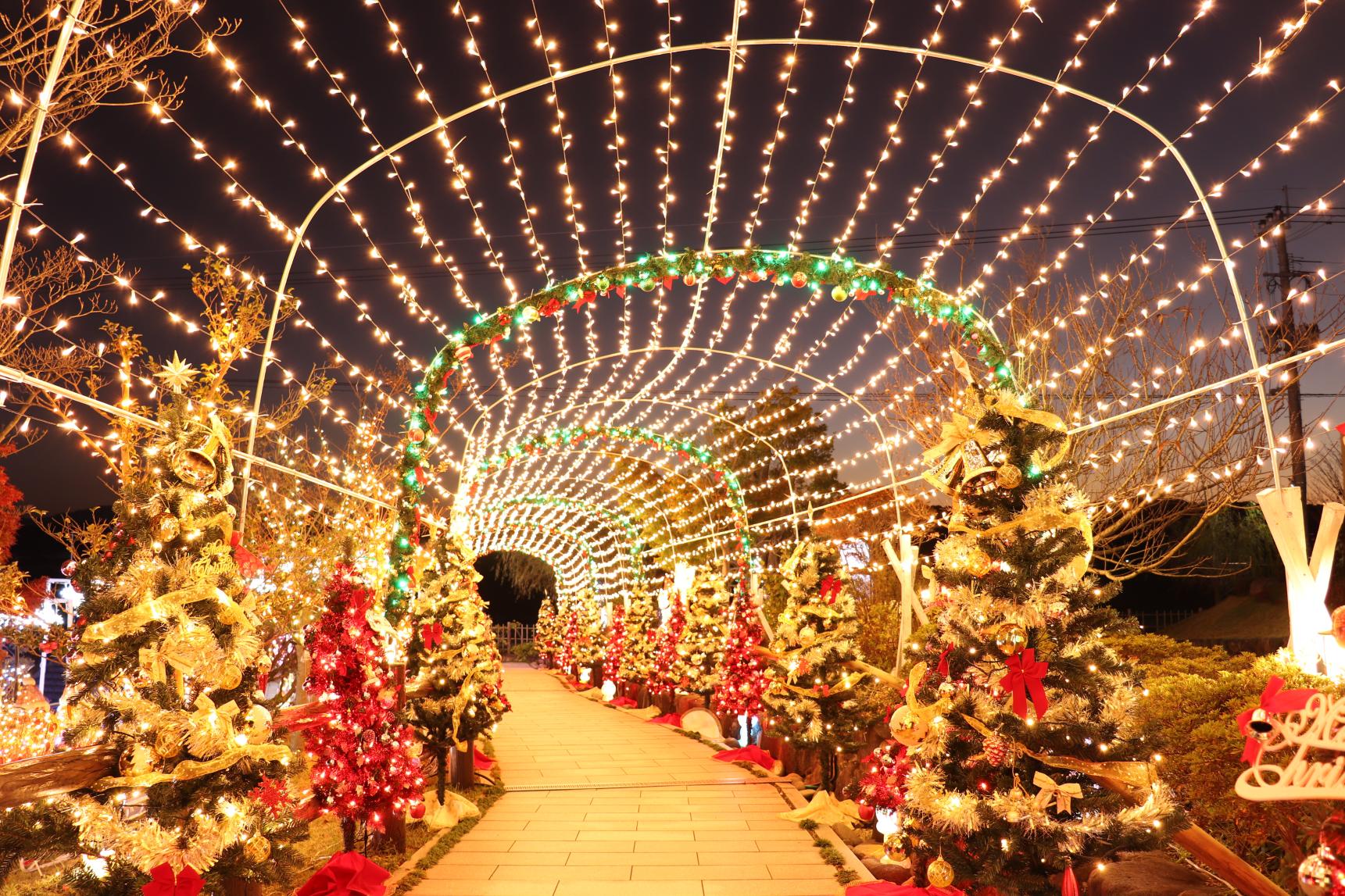
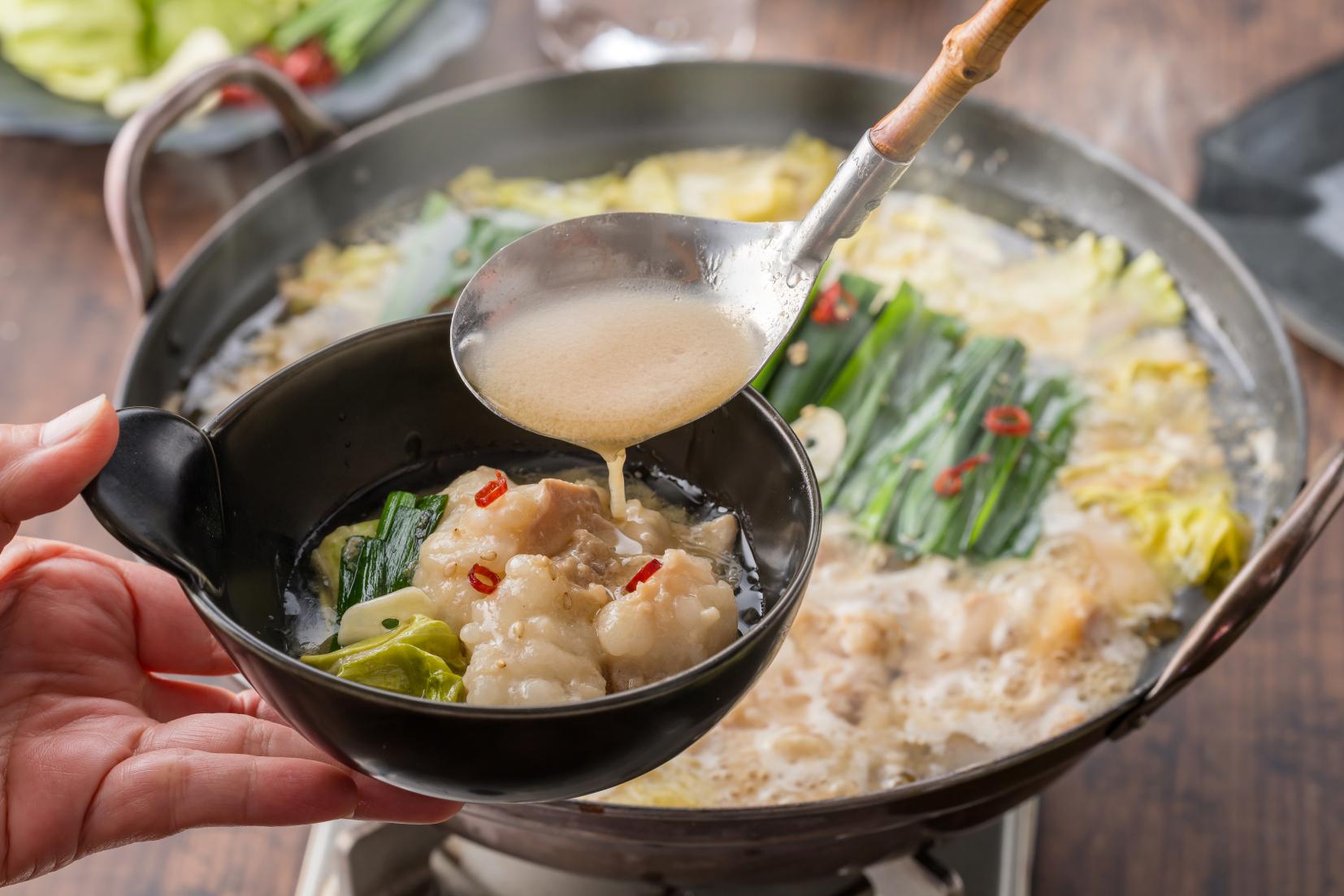
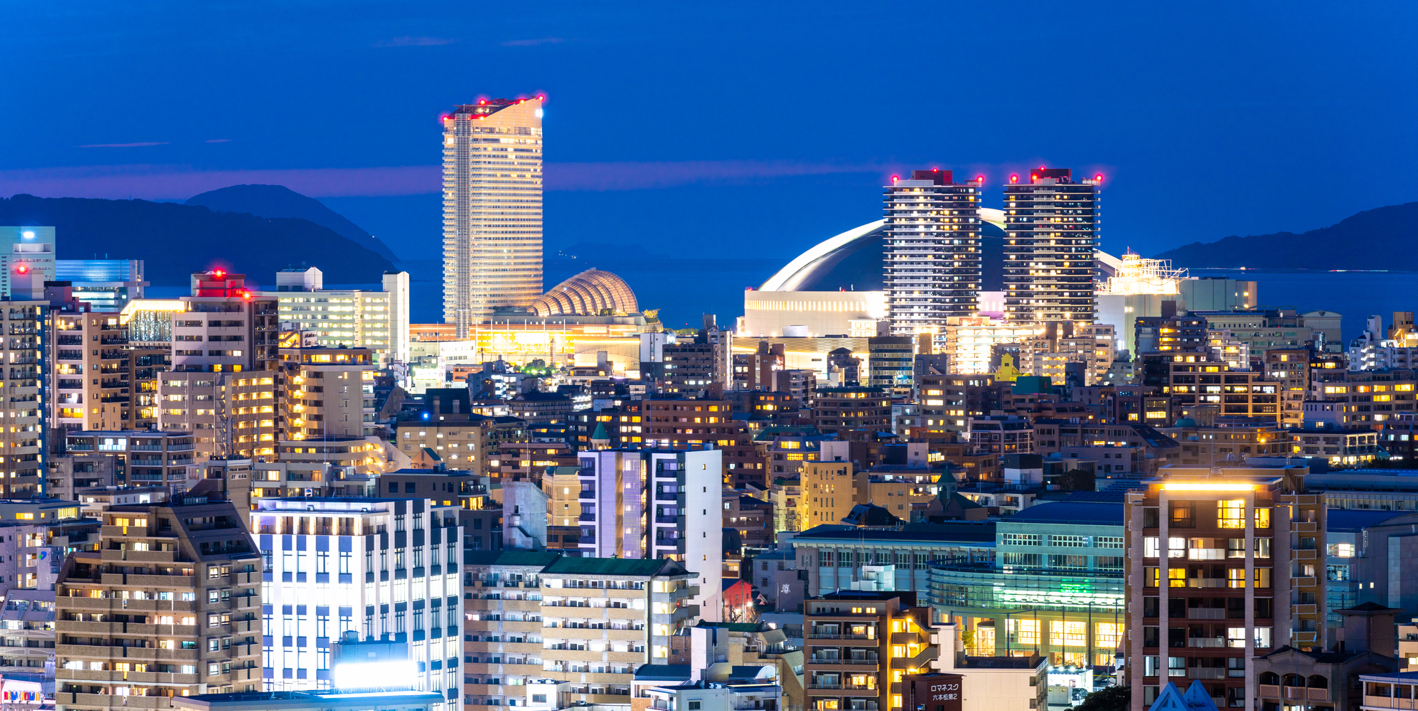
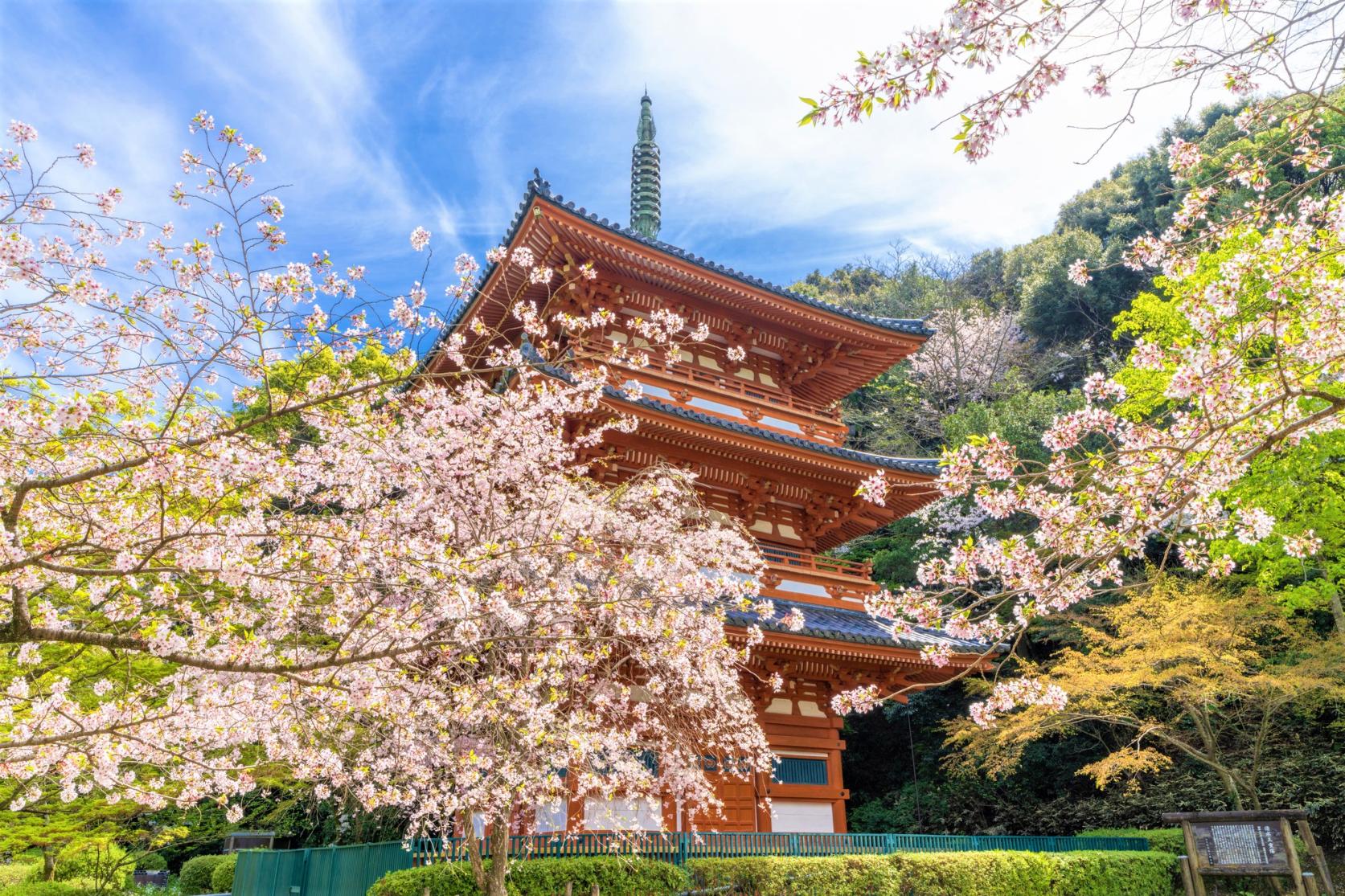
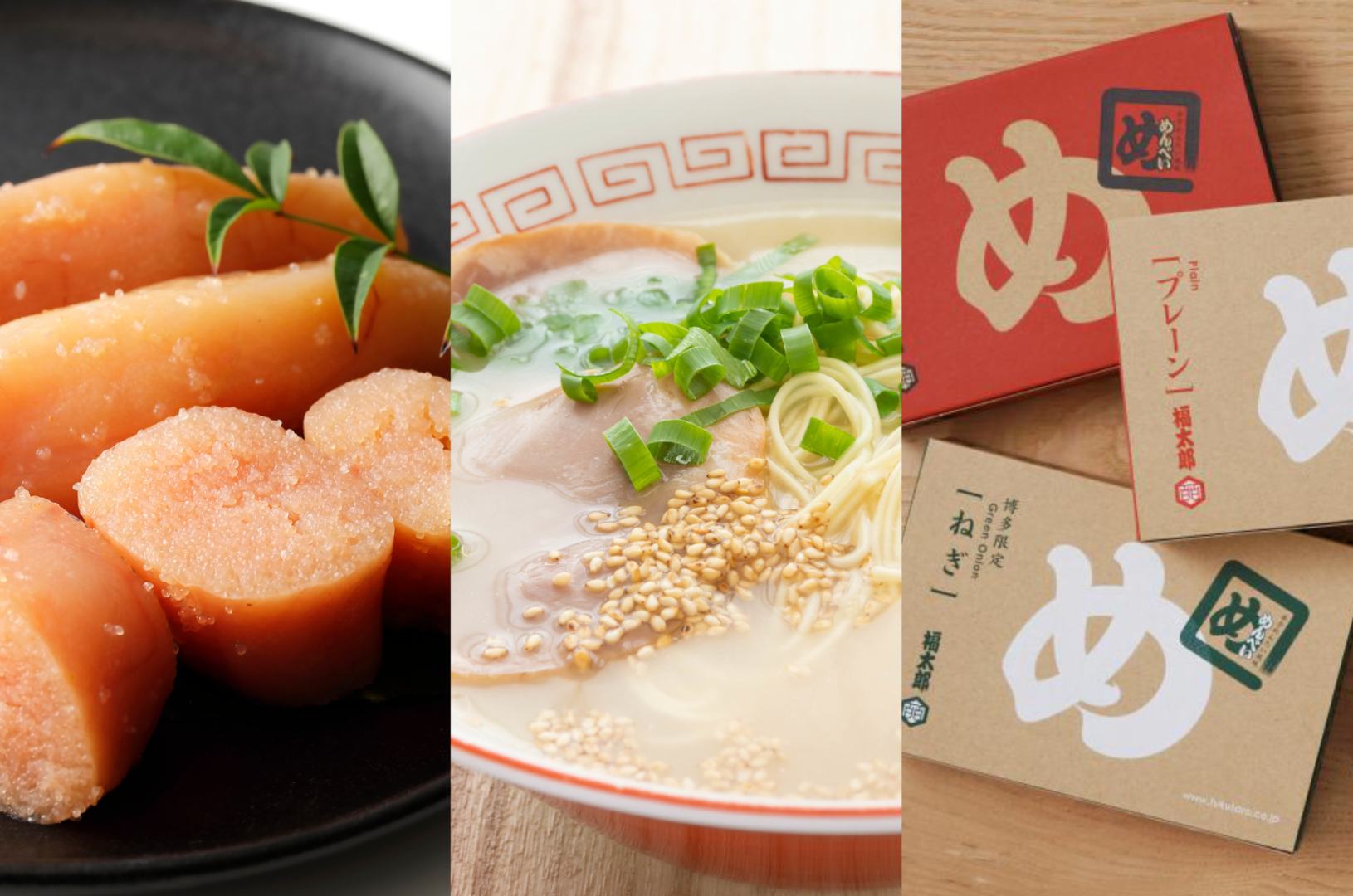
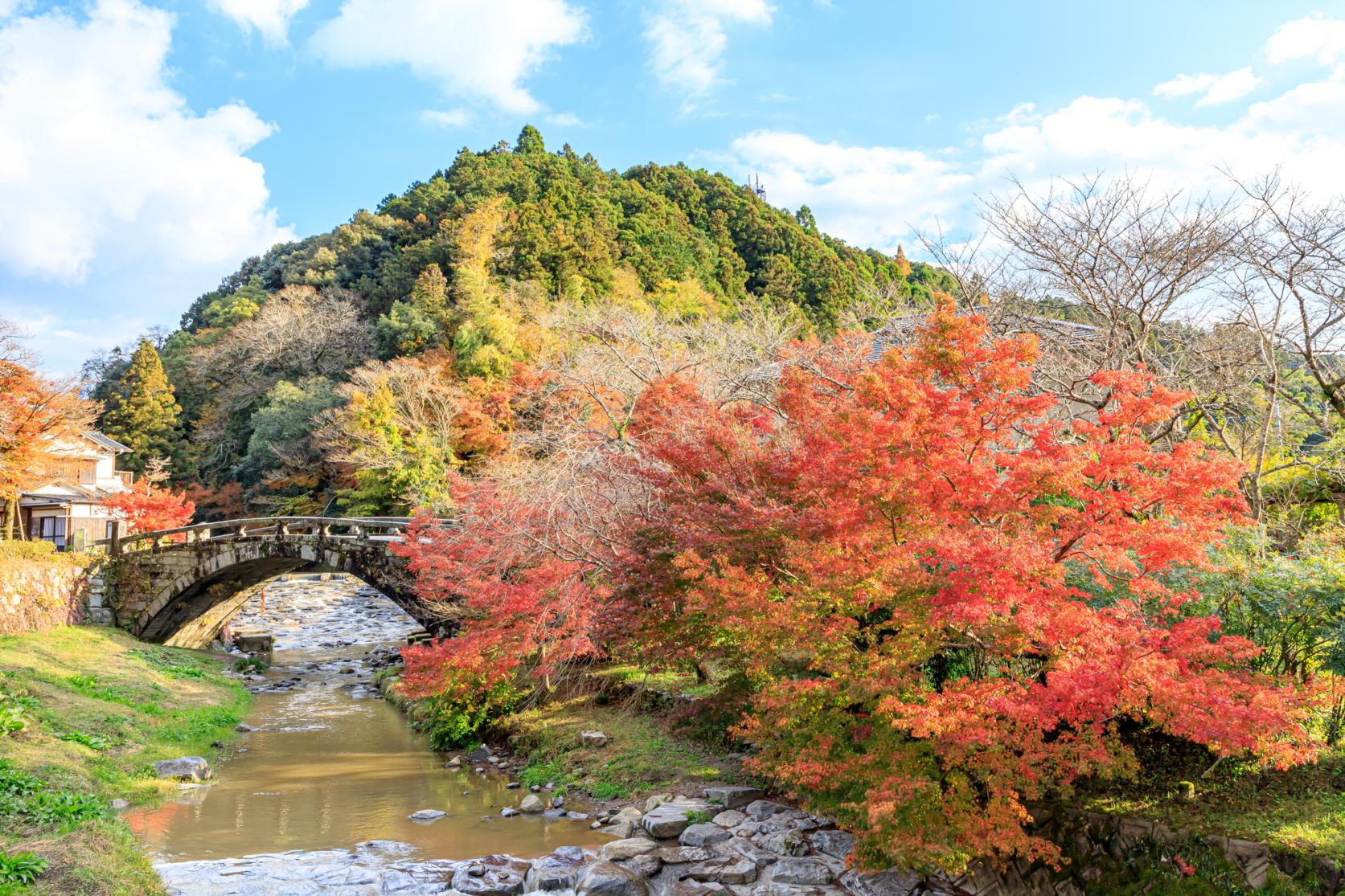

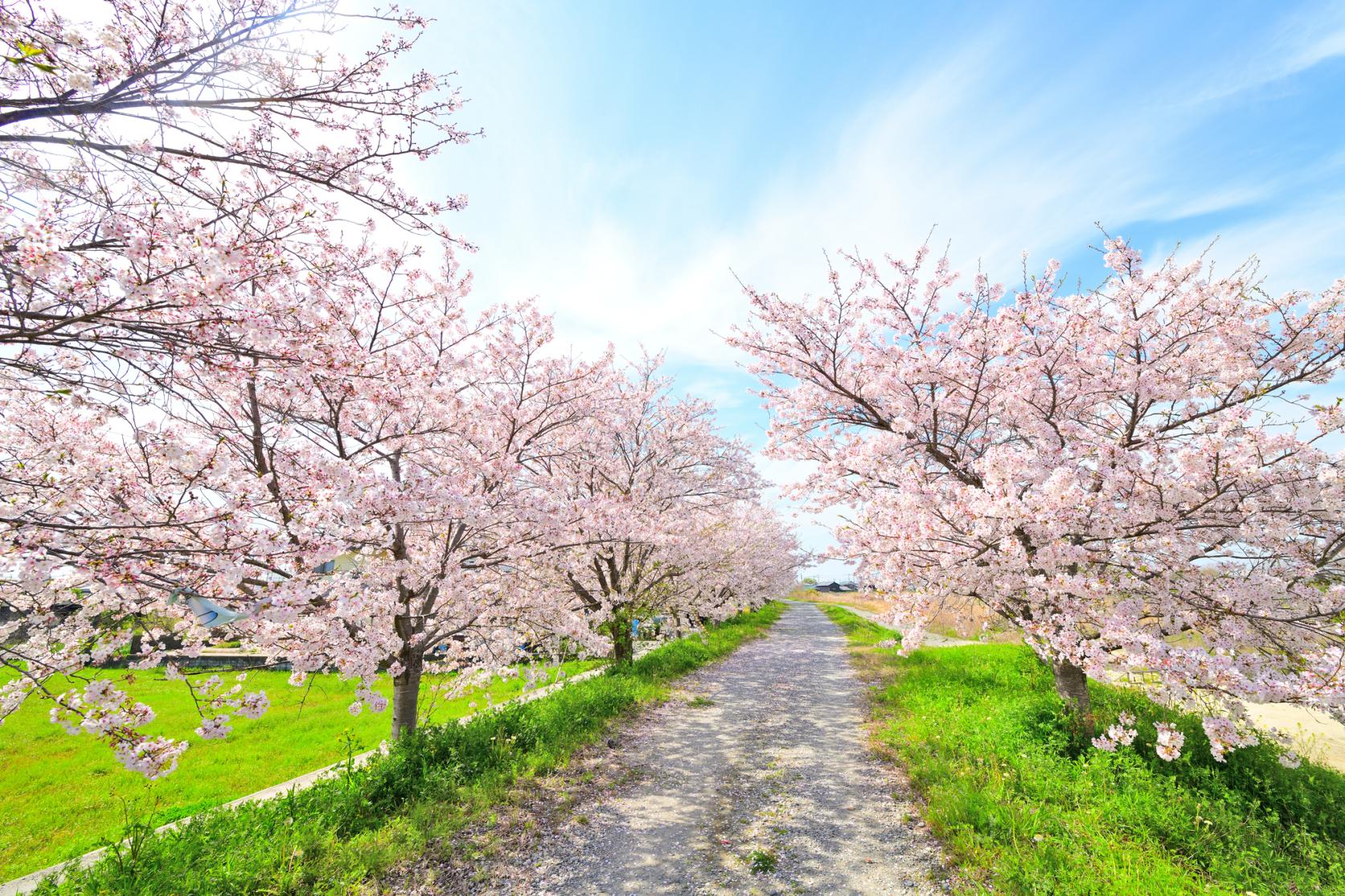
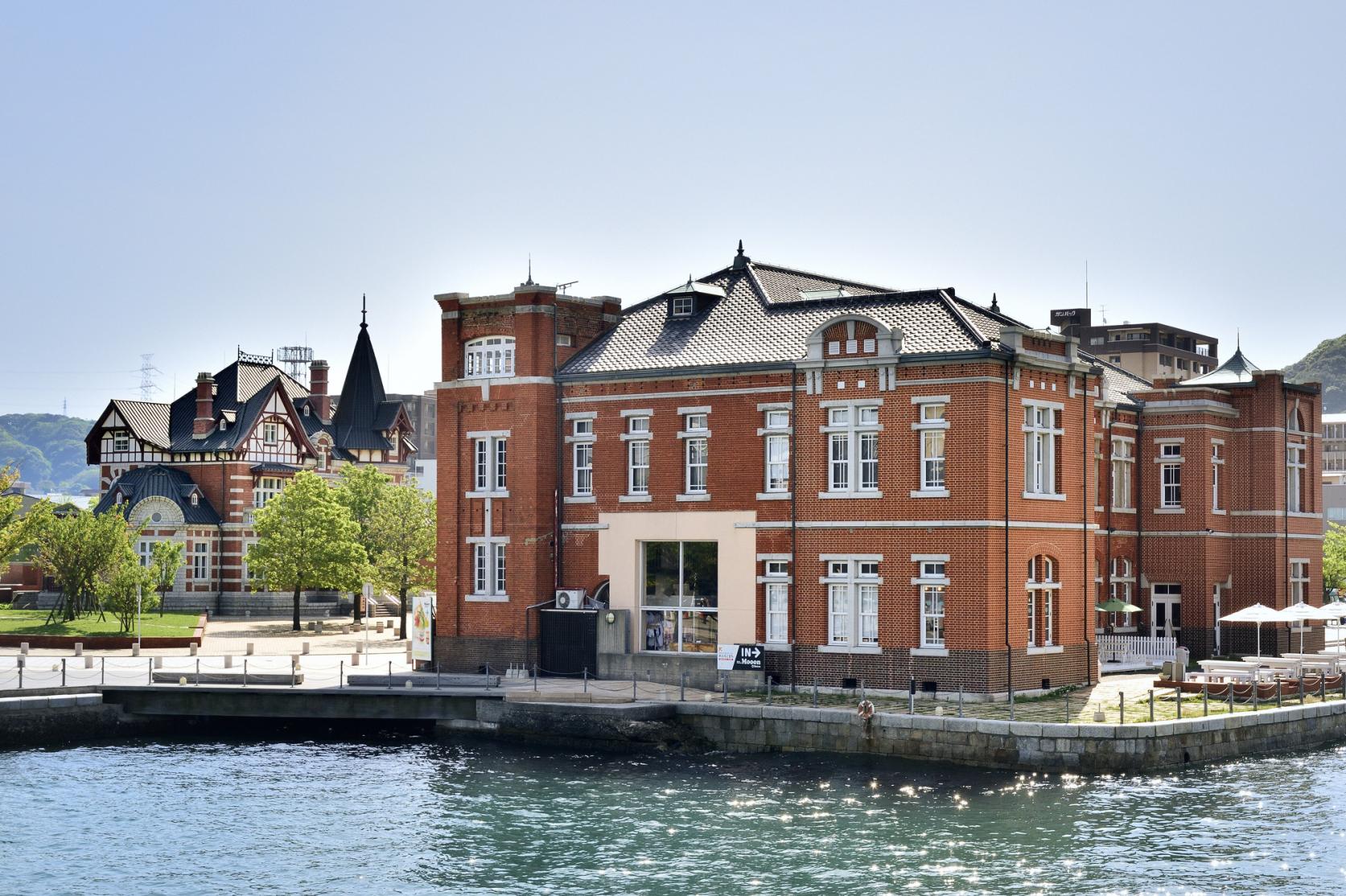
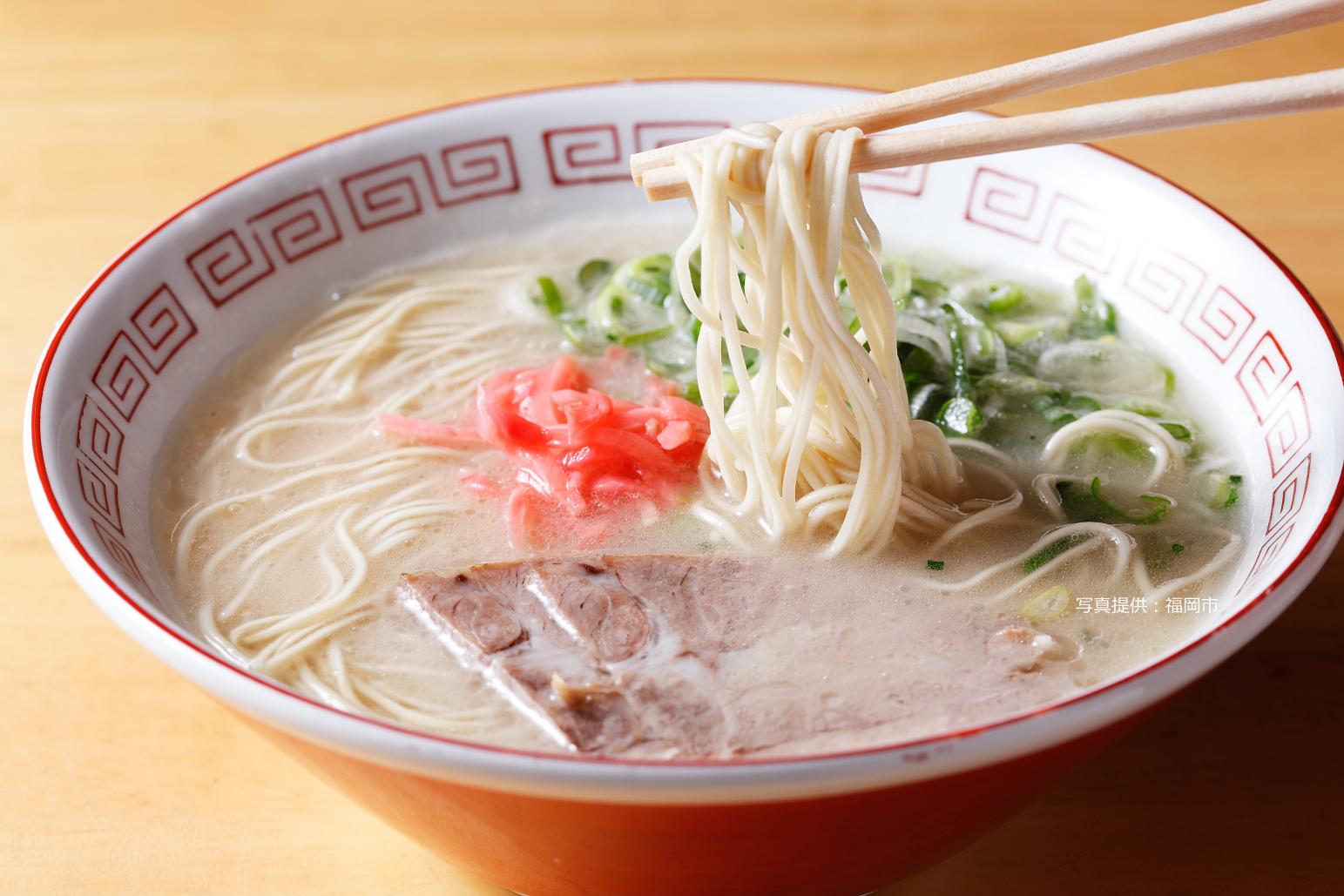
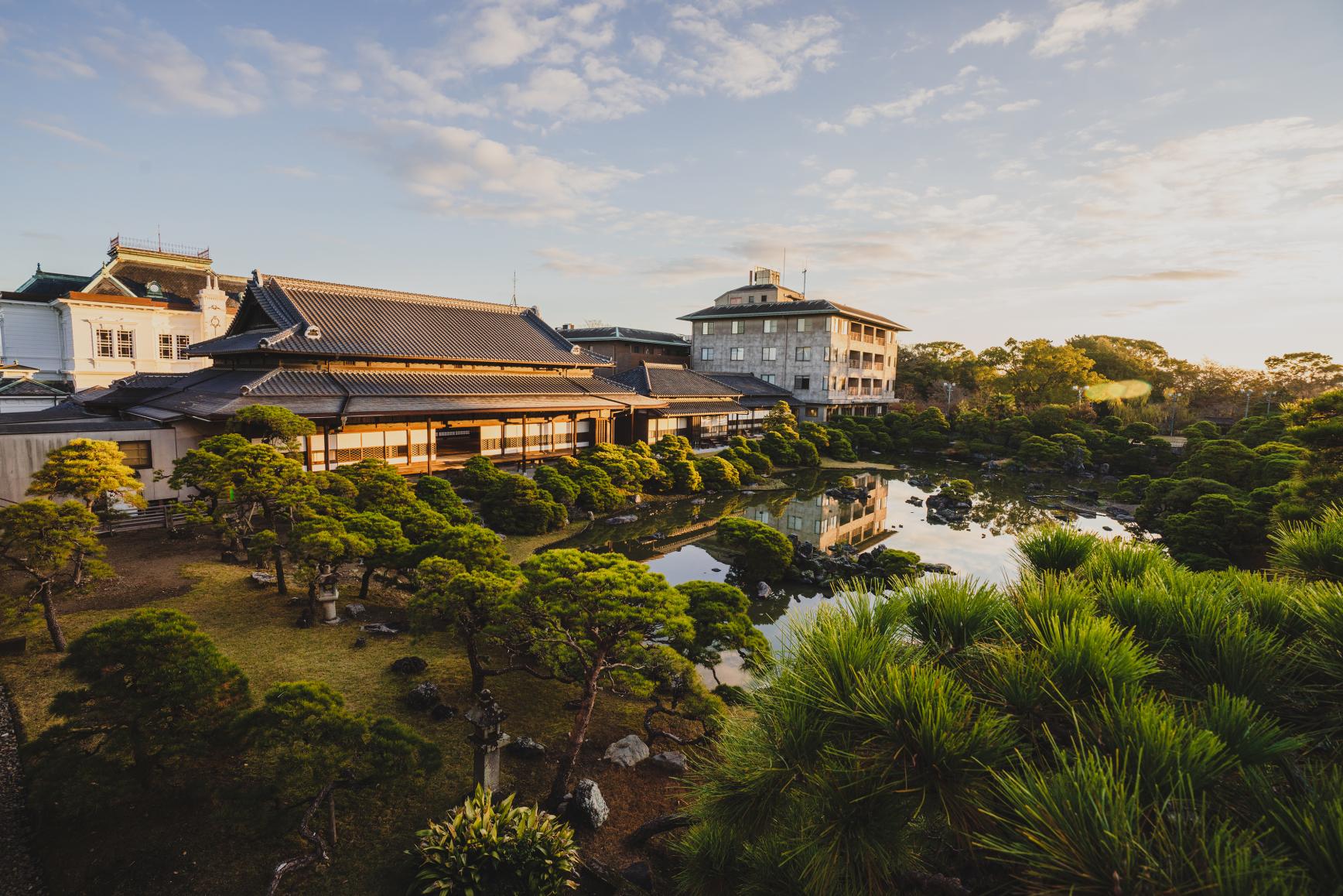
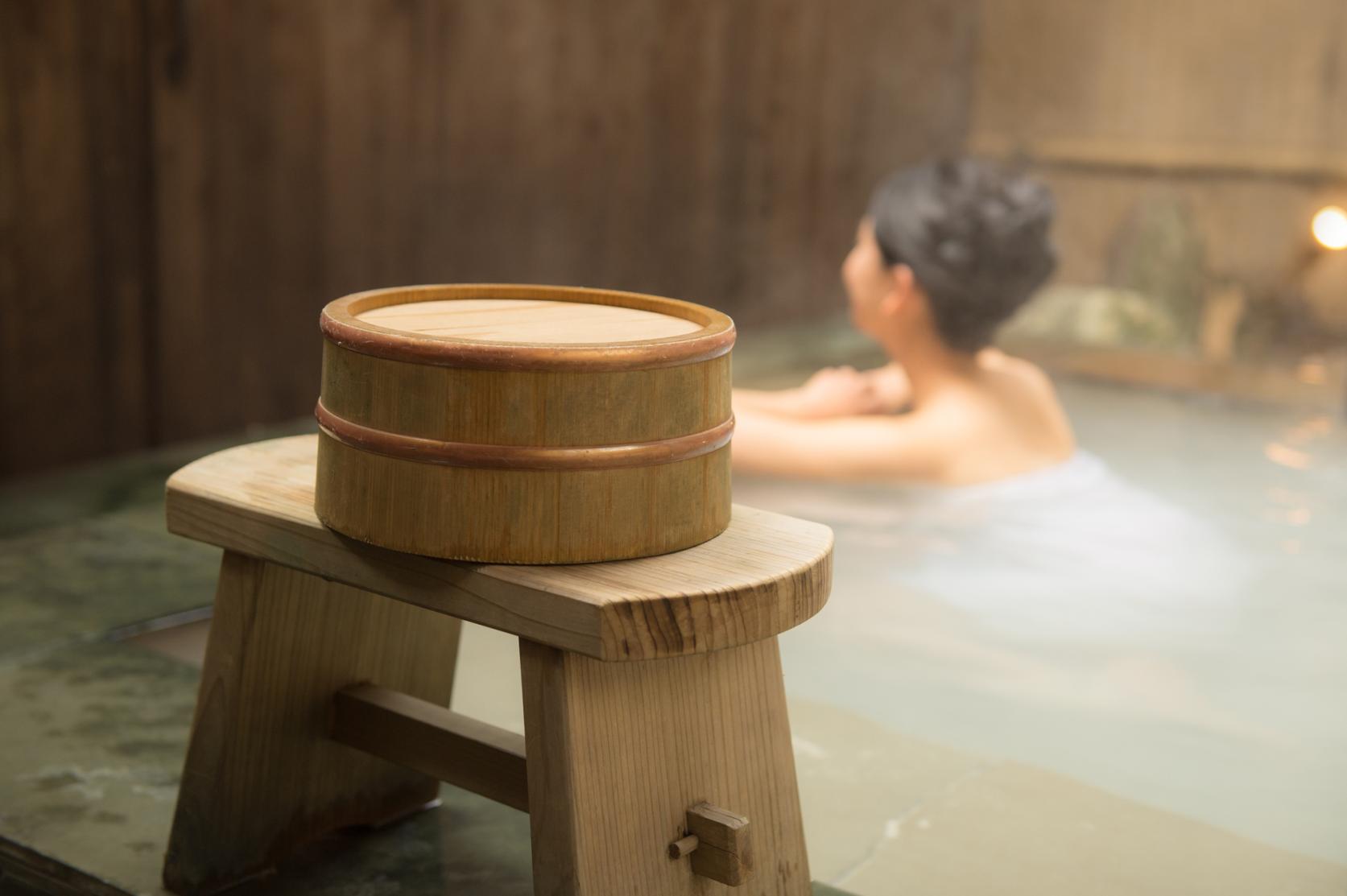
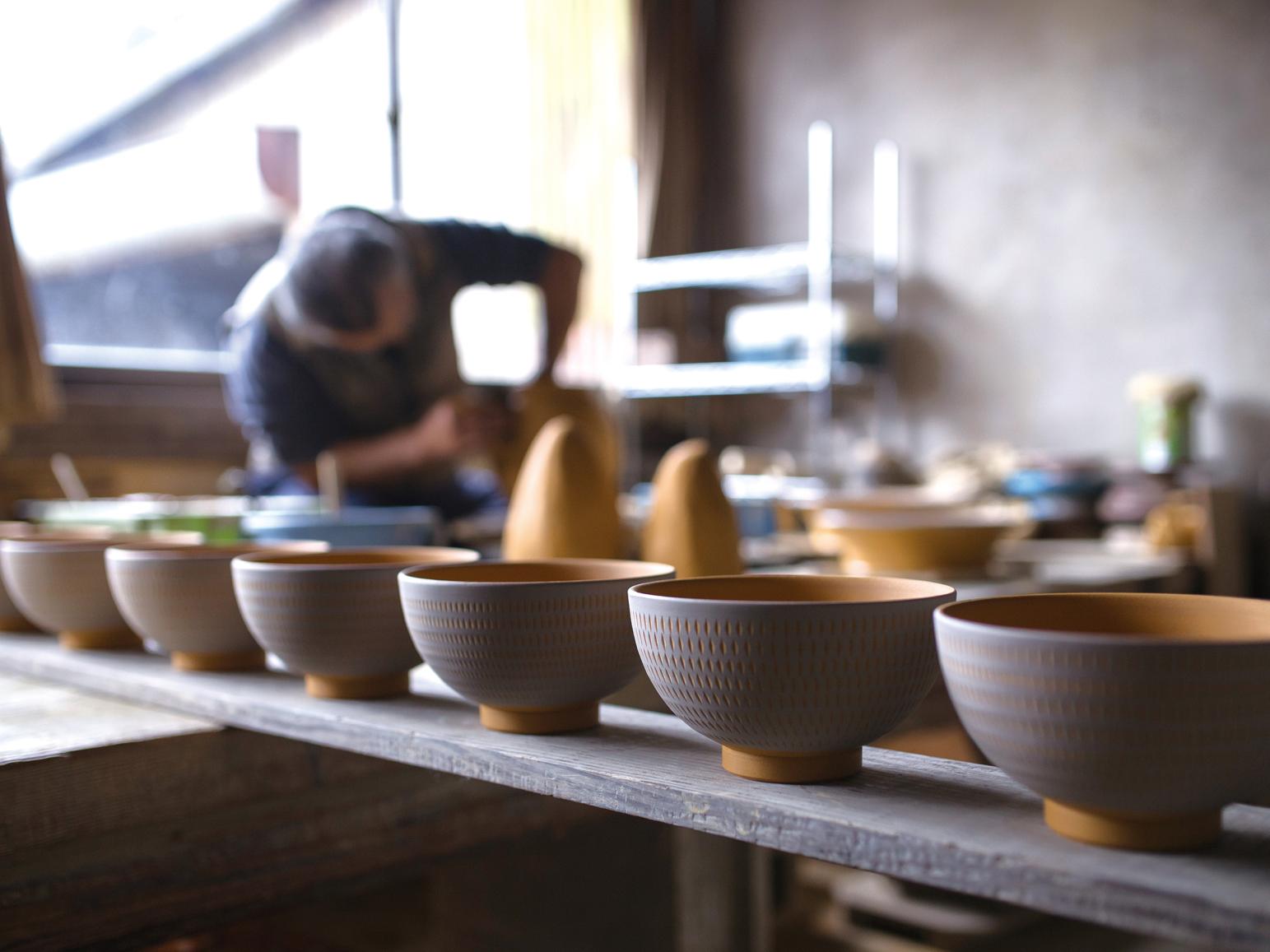
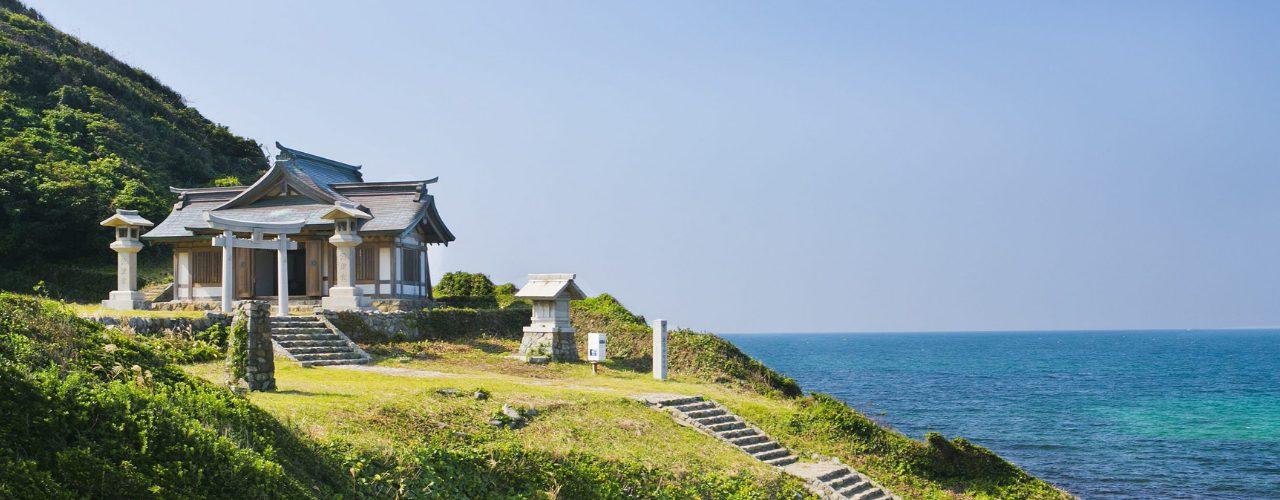
![[2025] Strawberry Picking Spots in Fukuoka-1](https://www.crossroadfukuoka.jp/storage/special_features/49/responsive_images/9ZHgrqvQdpH8tM4IRF54DXu0aPBF3YGGkj5WOTGc__1673_1115.jpg)
